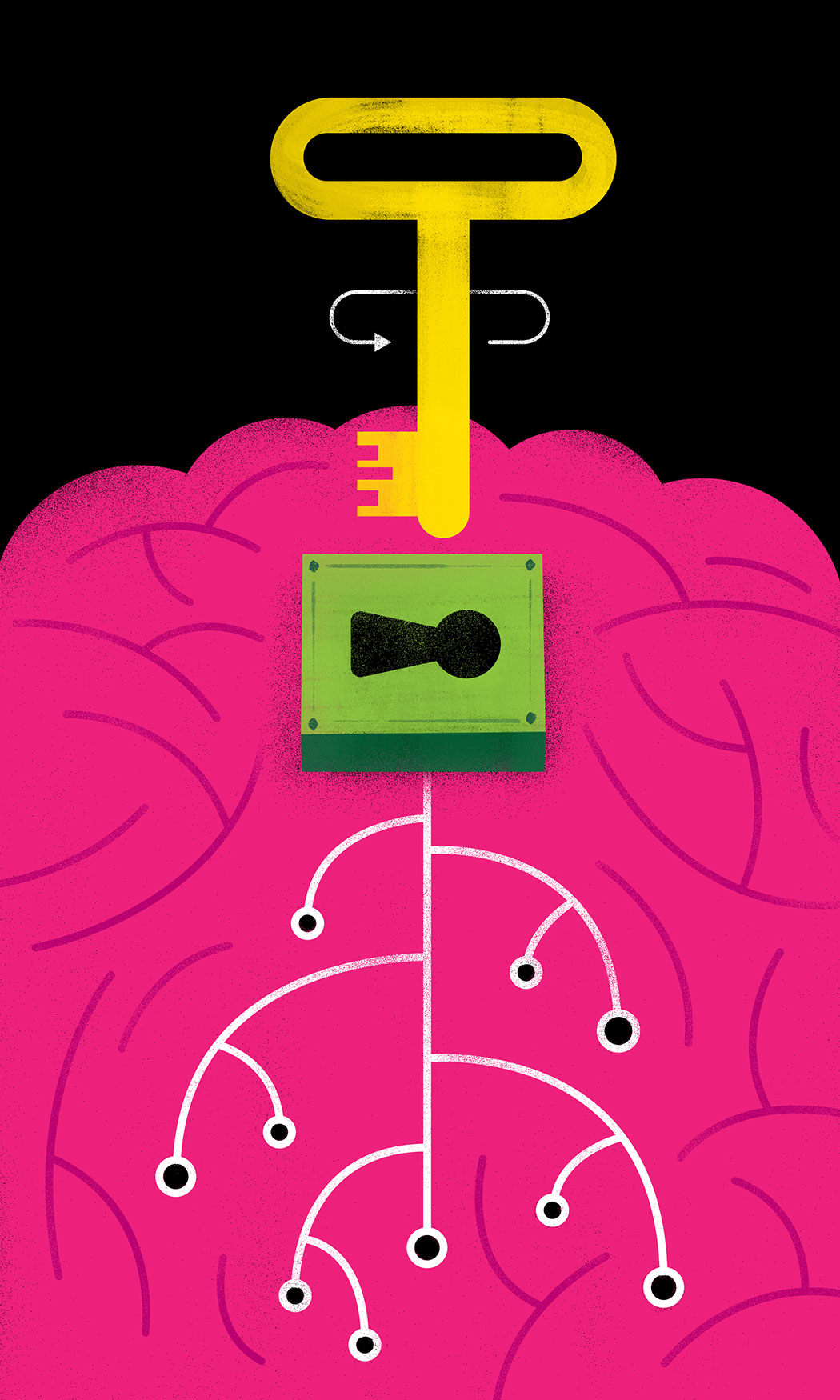Dallas is becoming the epicenter for a new wave of biomedical devices. Drug-loading fibers, biologically-adaptive transistors, and even devices that interface directly with nerve endings to retrain the brain are just a few examples.
The business climate for healthcare in general—and medical technology, specifically—is healthy in Dallas-Fort Worth. The area has several enviable university research programs in bioengineering and other scientific disciplines, well supported by commercial giants that lend their expertise in material science, semiconductors, and telecommunications to help turn ideas into products. The Texas Biomedical Device Center at the University of Texas at Dallas, established in 2012 with a $13 million investment, is one example.
Also supporting this ecosystem of companies and collaborators are angel investors and focused venture funds, like the dozens of executive mentors powering Health Wildcatters and the focused venture capitalists at Green, Park & Golf. The U.S. government—specifically the National Institutes of Health (NIH) and the Defense Department—is also in the mix, as it backs local research and clinical studies aimed at creating new ways to treat diseases, injuries, and chronic conditions.
The word is getting out, too. In June, the Neural Interfaces Conference, an event welcoming the developments in medical and technological nervous system interactions, was held in Dallas and supported by the NIH and UTD. “We are poised to be one of the world leaders in this emerging area—bioelectronics, electroceuticals, Pharma 2.0—whatever you want to call it,” says Walter Voit, an associate professor of bioengineering at UTD. “These are all ways to describe a way of rethinking how the body’s nervous system processes information to combat a whole host of human conditions.”
The core technologies powering tomorrow’s medical devices aim to provide more targeted, less intrusive treatments. Beyond that, we could arrive at a point where the brain and body are reprogrammed, almost as if they were hardware housing some updated software.
Fiber Fed
One company to watch is Dallas-based TissueGen, founded in 2000 by Kevin Nelson, who received his Ph.D. from The University of Texas Southwestern Medical Center at Dallas. TissueGen’s first commercial product, a biodegradable, drug-loaded fiber called “ELUTE,” was announced last year. The ELUTE fibers can become devices that provide structural support for organs and arteries. As the fibers dissolve, they deliver drugs, vaccines, and even cells to the body exactly where needed. “When you put a cast on a broken limb, you use it while you need it, but then you want it to go away,” Nelson explains.
CEO Christopher Knowles says TissueGen’s fibers are loaded via a room-temperature extrusion process that allows for the broadest range of drugs and therapeutic agents to be used. Live viruses, antibiotics, and other substances can be delivered into the body exactly where they’re needed, over time, as the fibers and surrounding polymers are metabolized.
The range of applications for TissueGen’s technology includes everything from cardiovascular and urological stents to nerve regeneration and spinal cord repair.
Vagus, Baby
MicroTransponder is taking the latest research about how the brain functions and using it to treat neurological diseases like tinnitus, that constant ringing in the ears that is one of the most common service-related disabilities reported by U.S. military veterans. Spun out of UTD in 2007, the Dallas-based company has raised $25 million in funding to date, including about $8 million from the NIH and the rest from angel investors and the UT Horizon Fund.
Previously, doctors have used vagus nerve stimulation via a small pacemaker-sized device generating electrical pulses to help patients suffering from epilepsy when medications and other treatments haven’t worked. Researchers at UTD, including Dr. Robert Rennaker, discovered that combining vagus nerve stimulation with specific tones could, as MicroTransponder CEO Frank McEachern describes it, “heal the tinnitus brain … we re-normalize a broken circuit.
“By doing vagus nerve stimulation, you make the brain more plastic and these tones suddenly become more important and the brain can learn them at a rapid rate,” McEachern says.
The pulses on the vagus nerve encourage the brain to release chemicals and reorganize its priorities; it devotes more resources to what’s happening in the tinnitus therapy.
A similar approach is being used by MicroTransponder to help stroke victims, who are struggling to regain motor function. “We’re getting close to building a device that stroke victims can take home and eventually do the therapy themselves,” says Rennaker. “Our main goal is to help these patients improve their quality of life.”
Patients suffering from chronic pain and post-traumatic stress disorder are also likely to benefit from this brand of neurostimulation, which can help damaged brains rewire themselves.
Head Strong
UTD’s Rennaker, who serves as executive director of the Texas Biomedical Device Center, has been working with Texas Instruments to create an accelerometer that football players can wear to measure the severity of an impact they’ve received on the field. “If I’m able to detect changes in brain function, then my guess is that those players are more likely to be knocked out if they stay in the game,” Rennaker explains.
When a big enough hit is sustained, the accelerometer device gives a signal to trainers and coaches. The sidelined athlete is then tested using a visor that looks like it came from a virtual reality game to detect “neural triage.” Players are tested before the game to get baseline data for the comparison. Rennaker says 35 systems are now being made by UTD’s Biomedical Device Center for field tests involving local high school teams, college teams, and some emergency rooms. “I want to show that this works in the field, not just in my labs,” he says.
Neural Wiretaps
Also at the Texas Biomedical Device center, researchers are pushing toward a future where we have real connections between our body’s tissues and tiny, high-performance electronic devices. “We are able to design materials to build multi-layer electronic devices,” says UTD’s Voit. “On something that’s the size of a human hair, we can have 10 different electrodes that are all individually addressing different nerves.”
The core technologies powering tomorrow’s medical devices aim to provide more targeted, less intrusive treatments.
Getting those electrodes into the body is a challenge that Voit, graduate student Jonathan Reeder, and collaborators at other universities are addressing. They’re building devices that become softer and change their shape after they’re implanted in the body. Once inside, these “shape-memory polymers” can grip 3D objects, such as large tissues, nerves, and blood vessels.
Doctors have been implanting electronics in the body in various forms for decades. But stiff objects, when implanted, lead to scarring inside the body, and that scarring response can interfere with therapies and healing, Voit explains. Shape-memory polymers and flexible electronics change the game. “These devices will soften from a basketball-backboard stiffness to the stiffness of a rubber band,” Voit says.
While stiff, the electronic devices can be precisely inserted into the body and carefully positioned among specific nerves or tissues. When the devices soften, they become less likely to scar, and the electronics encapsulated in the shape-memory polymers could potentially last much longer inside the body.
Researchers say modern medical imaging doesn’t provide the full range of information needed to understand how the brain and nervous system work from the inside out. This breakthrough is part of a push to see how reliable an electrical connection can be made between neural tissue and computers. “We can essentially wiretap into the body’s nervous system and add, extract, or block information,” Voit says.






